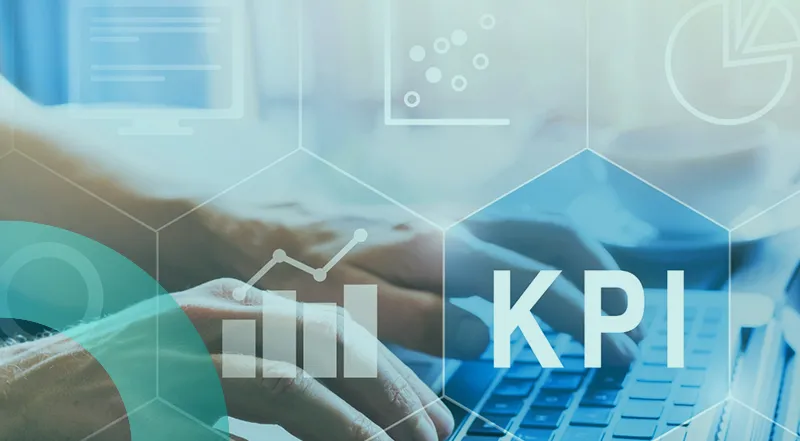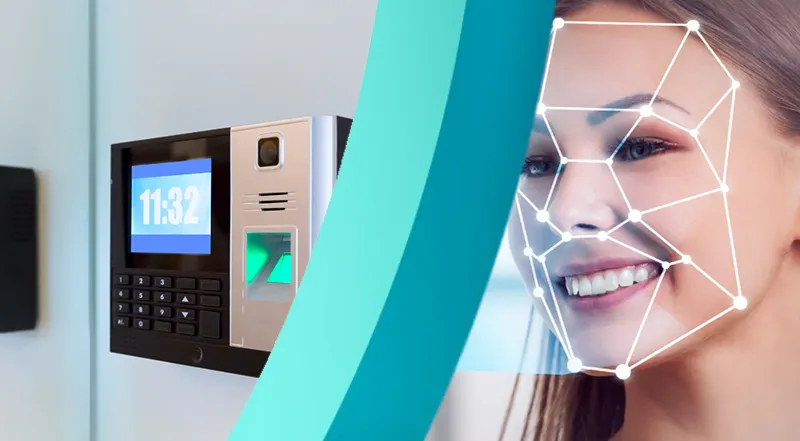Understanding flows to anticipate needs
Supervision is not only about detecting anomalies. By analyzing access flows, it becomes possible to gain deep insight into how a site operates. What are the peak hours in a parking facility? How long does a visitor stay on average in a shopping center? Which area of a building sees the highest traffic? These indicators provide a precise view of actual usage, helping to anticipate needs, adjust resources, or reorganize spaces. On a construction site, this can confirm the effective presence of teams; in an office building, it can streamline entry during rush hours.
From security to economic performance
Exploiting access data also opens up economic opportunities. In public parking lots, analyzing occupancy rates and off-peak periods allows operators to adjust pricing or monetize unused spaces outside opening hours. In casinos, tracking access profiles helps secure sensitive areas while improving customer experience. In multi-tenant buildings, consolidated traceability simplifies cost allocation among tenants. These are just a few examples of how data evolves from a security function into a management tool that optimizes costs and improves profitability.
The value of traceability and continuity
Data from access control systems provide full traceability, essential for regulatory compliance but also for improving service quality. Being able to prove that equipment was continuously supervised, or that an anomaly was resolved within a measurable timeframe, strengthens an operator’s credibility with clients and partners. Data thus becomes a guarantee of trust. It also makes it possible to measure true continuity: equipment availability, response speed, and compliance with service-level agreements.
A strategic resource for operators
Turning access data into performance data is not a rhetorical exercise; it is a strategic approach to leveraging existing information to make better decisions. Where access control was once seen as a constraint, it becomes a global management tool. Operators find added value: not only is security ensured, but the collected data also help improve organization, profitability, and user satisfaction.



